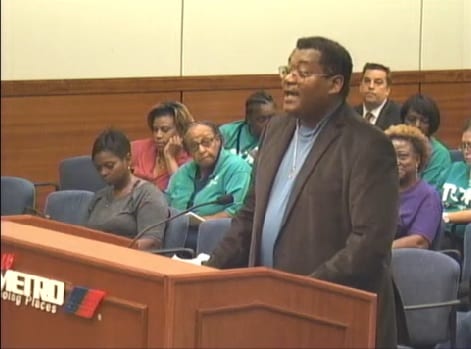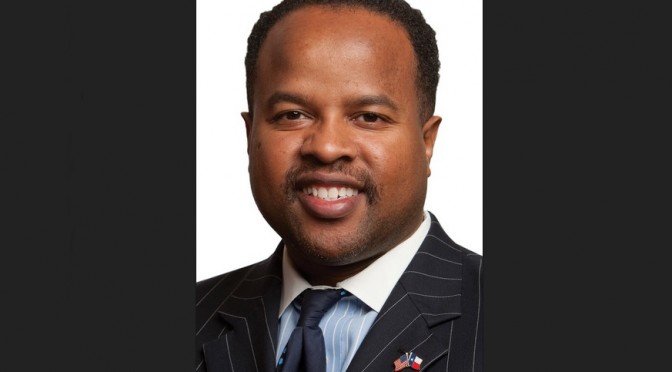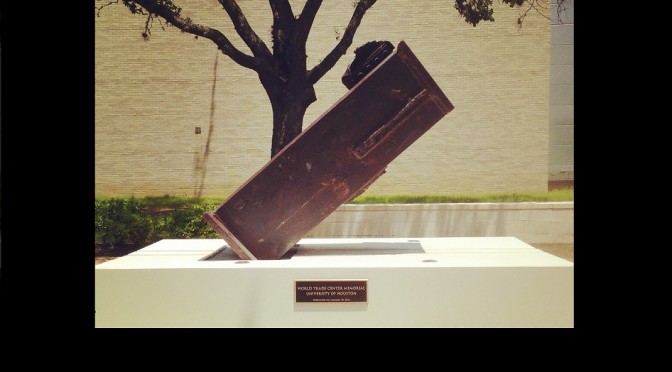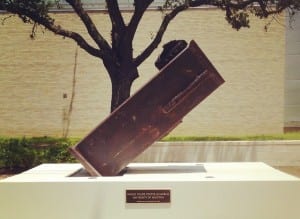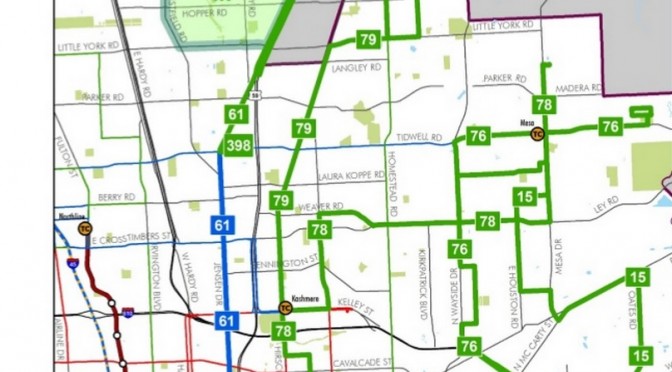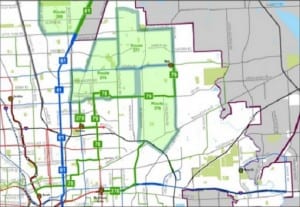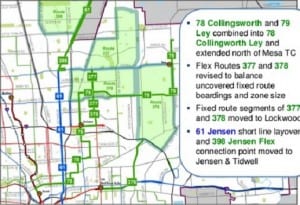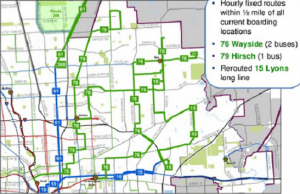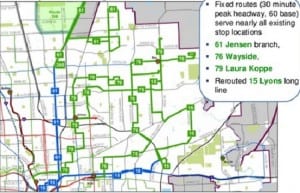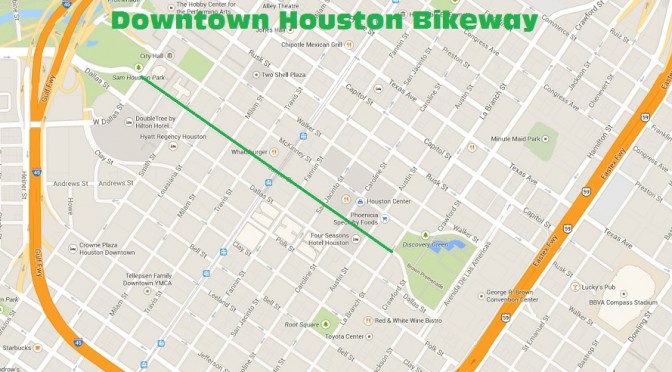In a 4 hour meeting that became heated and personal at times, the Metropolitan Transit Authority of Harris County took another major step towards the agency’s System Reimagining plan.
With State Representative Borris Miles, and other elected officials and community leaders present, the plan was approved pending a 60-day intensive study with further recommendations to come back before the board in November. Basically, METRO is now fully committed to System Reimagining, but has not yet finalized the new routes.
“In reality we will not lock any of this in until March”, board member Christof Spieler said. “We are required to hold full hearings [on the Reimagining Plan] once schedules have been written, and to allow the public to look at those schedules before this moves forward.”
Before the vote, testimony was given with citizens speaking both for and against the new plan. Joetta Stevenson, a member with Fifth Ward Super Neighborhood Civic Club, had some very specific concerns. “System Reimagining is going negatively impact 19 percent of Seniors in the Fifth Ward community. You cannot single out minority and poor areas for less service.” She noted that residents like herself will lose direct coverage routes to centers like LBJ Hospital and Ben Taub. She also had some issues with the new Flex Zone plans, preferring to keep fixed route service in her area.
In response, Spieler pointed out that the new plans will actually help a large number of Houston’s poor residents by expanding services in under-represented, high-density areas.
“The areas that benefit the most from the this plan are minority and low-income areas. If you look at population density, [Gulfton] is by far the largest concentration of low-income residents in the area, and they have been dramatically under-served by our system for decades.”
Thus the decision behind METRO’s approval today… move forward with Reimagining, but keep making adjustments to the routes.
Houston has the distinction of being the both one of the nation’s largest and most sparsely populated cities. In recent years, the city has experienced rapid densification in certain areas, but it’s still a long way off from the density of cities like New York, Chicago, or even Los Angeles. It’s these challenges that have caused the need for System Reimagining, and also the reasons that residents are so worried about the changes. It’s important that the region move forward and find ways to improve the transit system, so for that residents should be glad for METRO’s step this week. Change is rarely easy, but as long as the agency and community continue to dialogue, Houston and Harris County will get the transit they need for the 21st Century.
As Board members made clear, this week’s vote is not the final say for the ambitious Reimagining project. But it does make clear that the days are numbered for the area’s current system. Even with difficulty, change can be a good thing.
